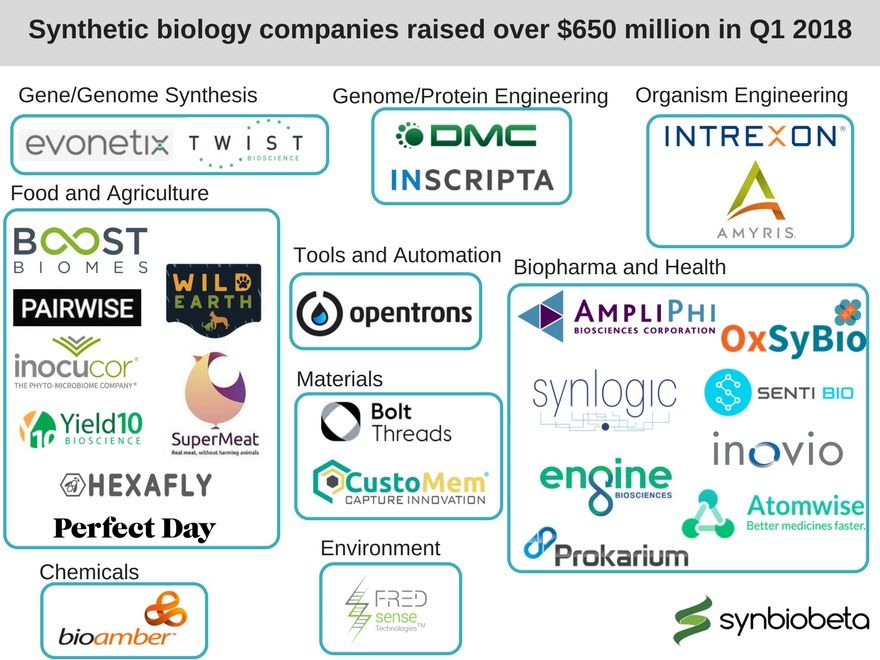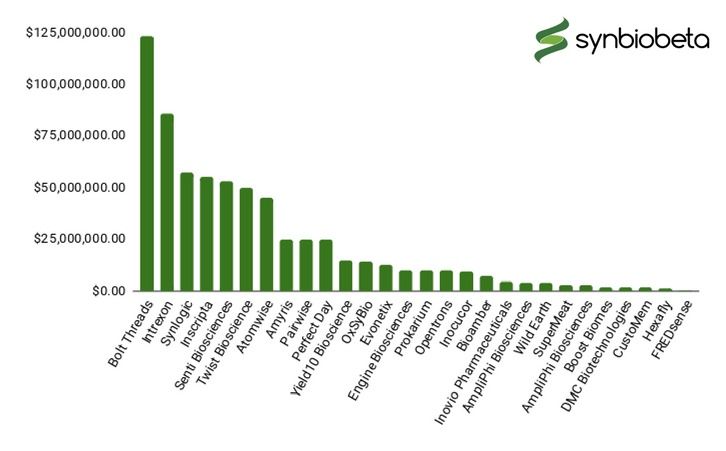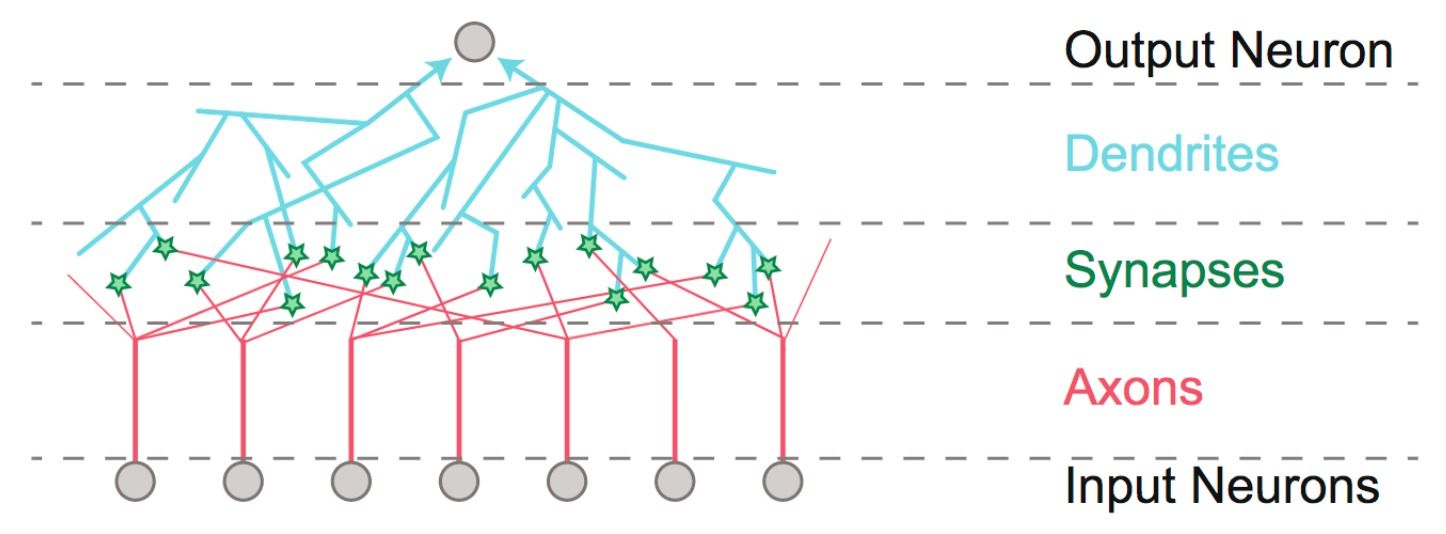
Category: biological – Page 240



International conference «Interventions to extend healthspan and lifespan»
Kazan, Russia, April 23–25.
23–25 April 2018 in Kazan (Russia) will be a biogerontological conference with the following main topics:
- Epigenetic mechanisms of aging
- Genomics, metabolomics, proteomics of longevity in humans and animals.
- Environment and aging
- Biomarkers of biological age
- Pharmacological interventions in aging.
- Mechanisms of regeneration.

Synthetic biology companies raised over $650 million in Q1, setting the pace for another record-breaking year
In 2017, synthetic biology companies raised a record amount of funding – just over $1.8 billion for fifty two companies – driven mostly by several multi-hundred million dollar deals. This was a 50% increase over the previous year, a pace of growth that indicated an intense interest in the field from outside investors. It seems that this interest has only intensified since then, as 27 companies raised $650 million in funding during the first quarter of 2018, which is double the activity of the first quarter of 2017. At this rate, the field is on track to raise over $2.4 billion with over 100 companies being funded, which would be a record for both statistics.

The companies raising money in 2018 are pursuing a broadly diverse set of applications from all sections of the synthetic biology technology stack. Many companies are developing products that will eventually end up in the hands (or bodies) of everyday consumers, but others are making the tools and reagents that will empower the whole field to become more productive. It is important that all of these types of companies exist in order to build a healthy industry ecosystem.


Elon Musk’s Neuralink files permit to build biological research lab
Elon Musk’s neurotechnology startup Neuralink filed for permits to build an in-house machine shop and a biological testing laboratory for its facility in San Francisco last year.
The documentation on the company’s 2017 permits was retrieved by Gizmodo, which was able to access Neuralink’s public records. An excerpt of a letter submitted by Neuralink executive Jared Birchall on February 2017 to the city’s planning department gives some clues about the company’s plans for the facility’s proposed machine shop and animal testing lab.

The brain learns completely differently than we’ve assumed, new learning theory says
A revolutionary new theory contradicts a fundamental assumption in neuroscience about how the brain learns. According to researchers at Bar-Ilan University in Israel led by Prof. Ido Kanter, the theory promises to transform our understanding of brain dysfunction and may lead to advanced, faster, deep-learning algorithms.


Biological Cells Fused with Artificial Cells
For the first time in history, researchers have fused artificial cells with biological cells in a way that lets them work together. This opens the door for a variety of new possibilities and applications.
Fusing biological and artificial cells
The research team at Imperial College London uses a system that encapsulates biological cells within an artificial cell. Using this approach, the team can harness the ability of biological cells to produce chemicals while offering them protection from the environment.
